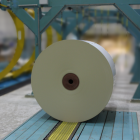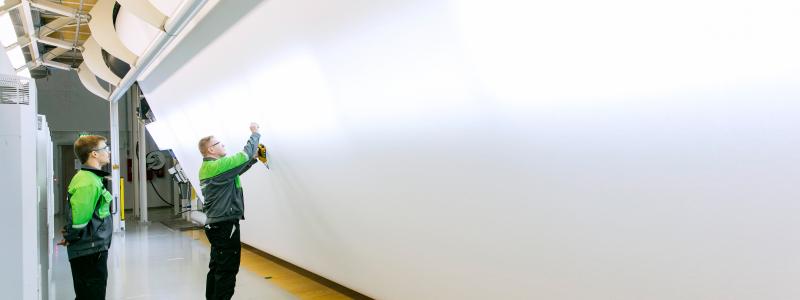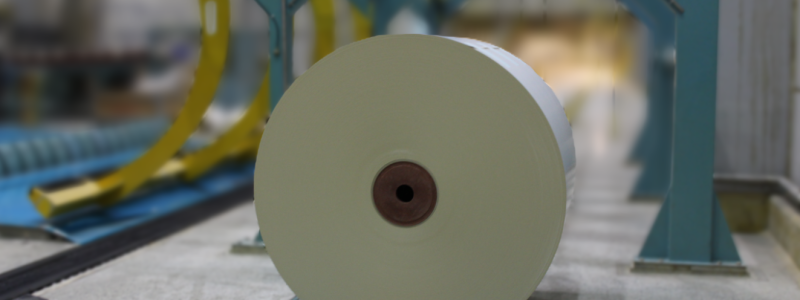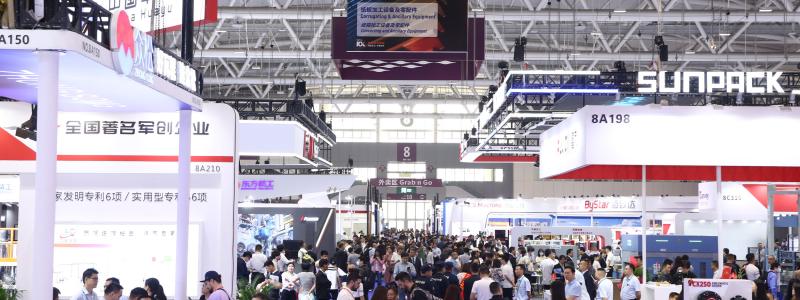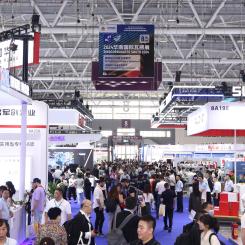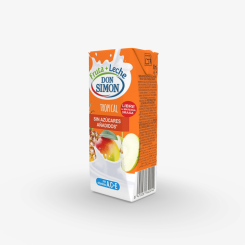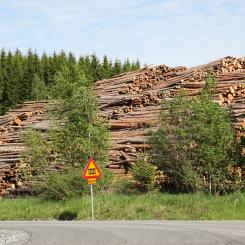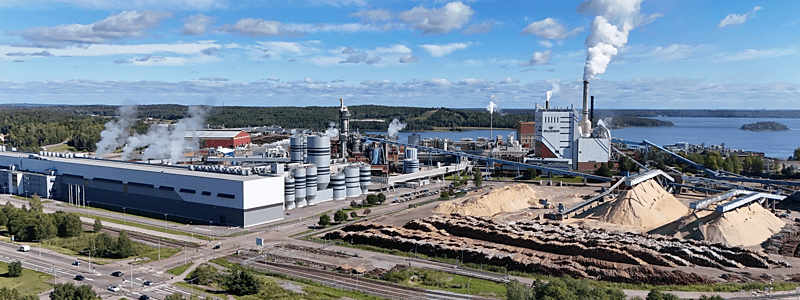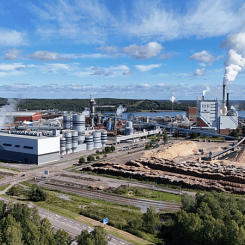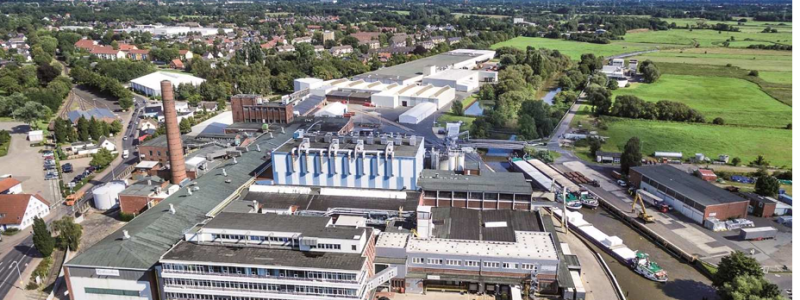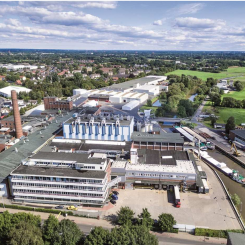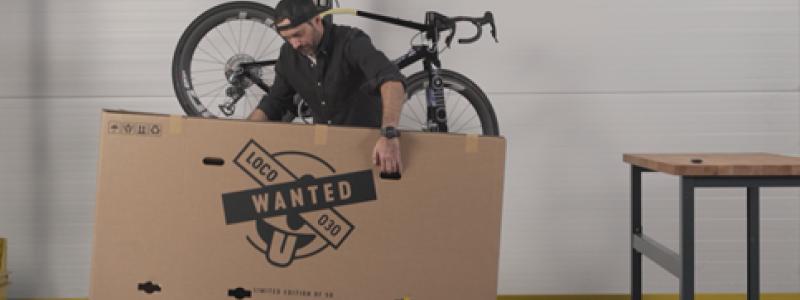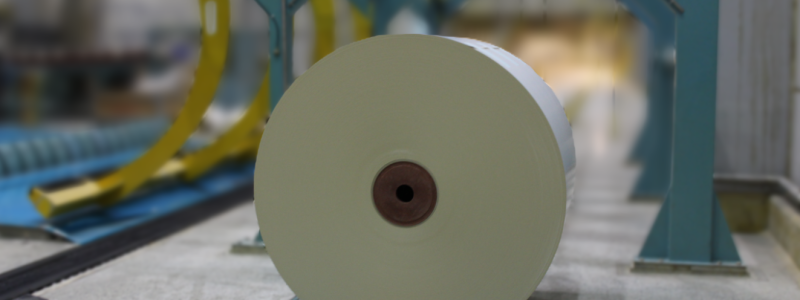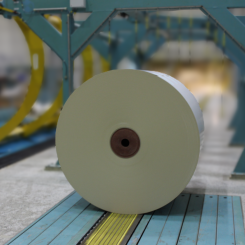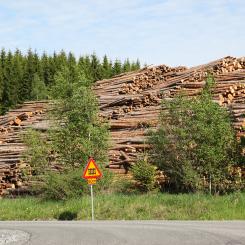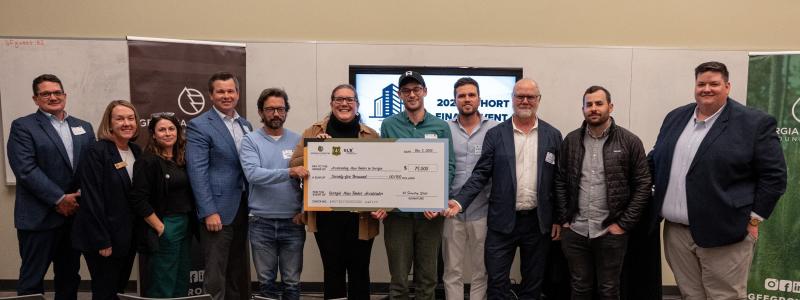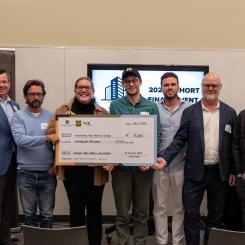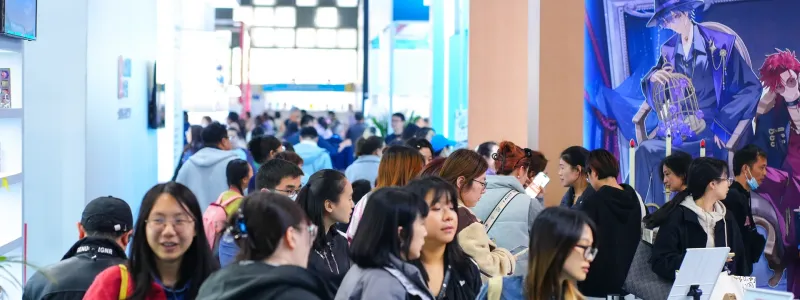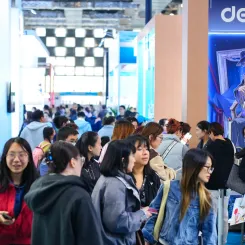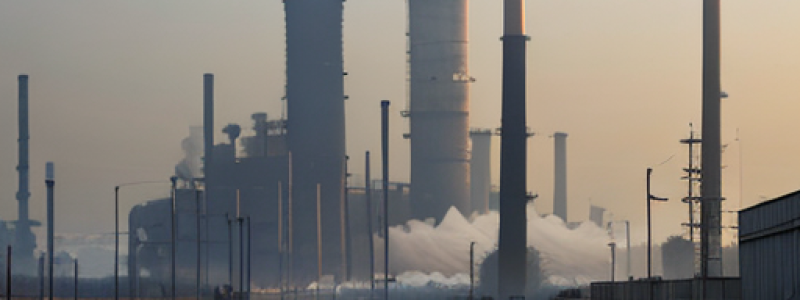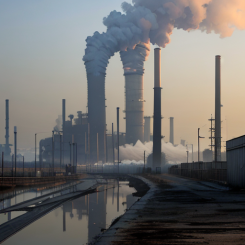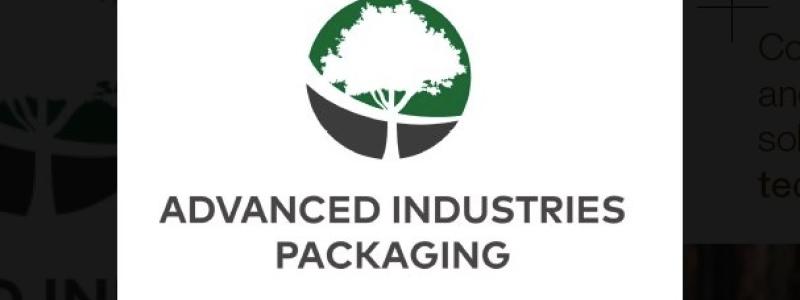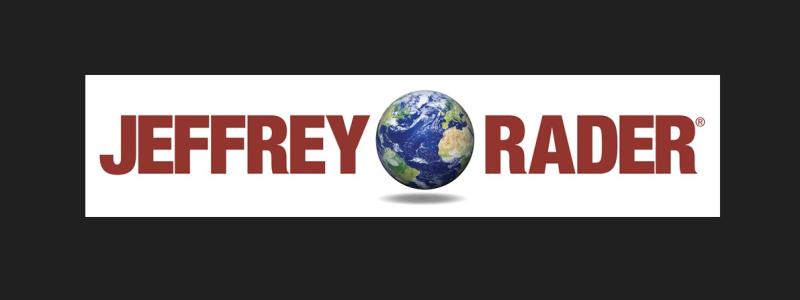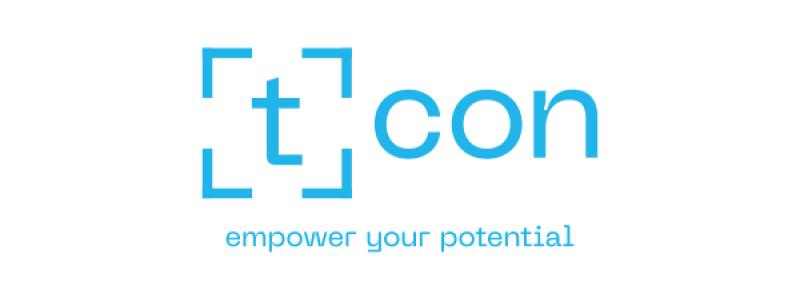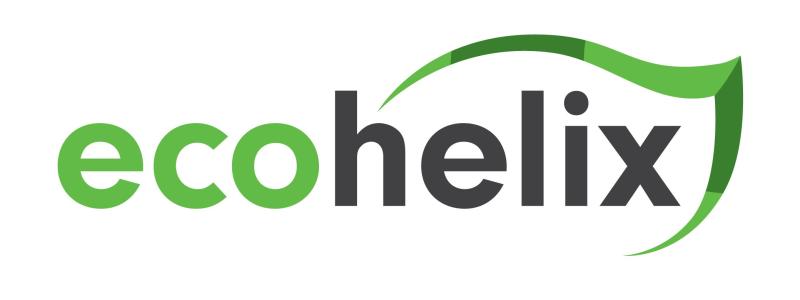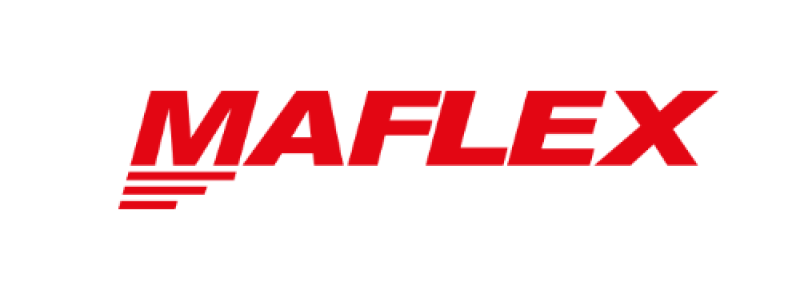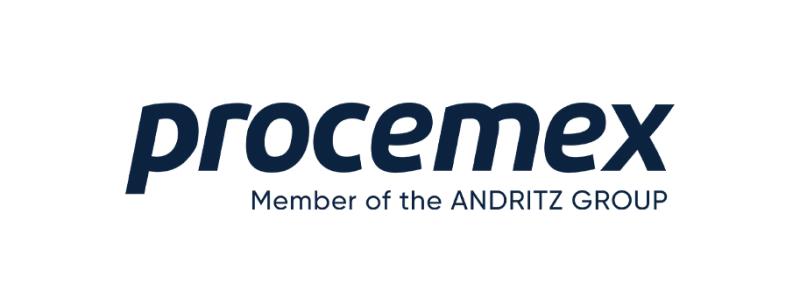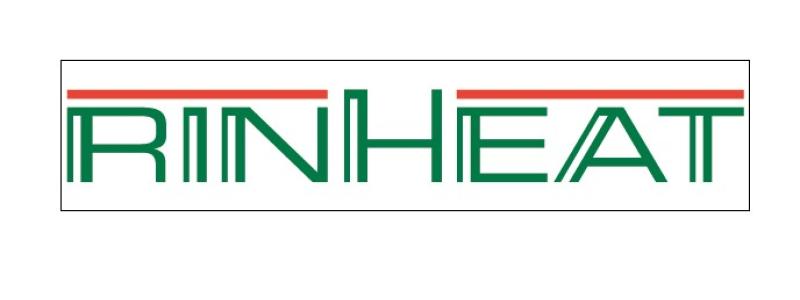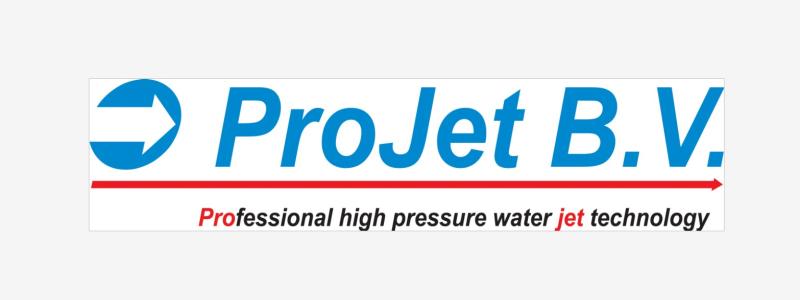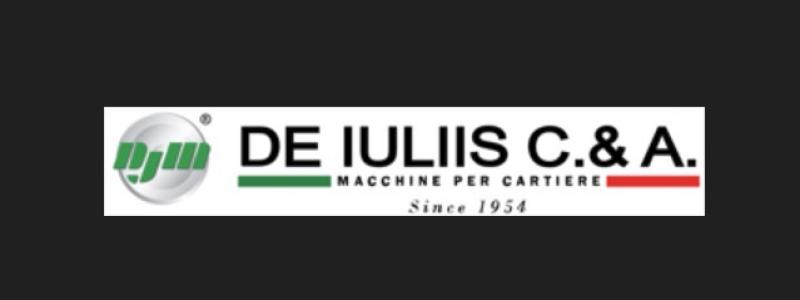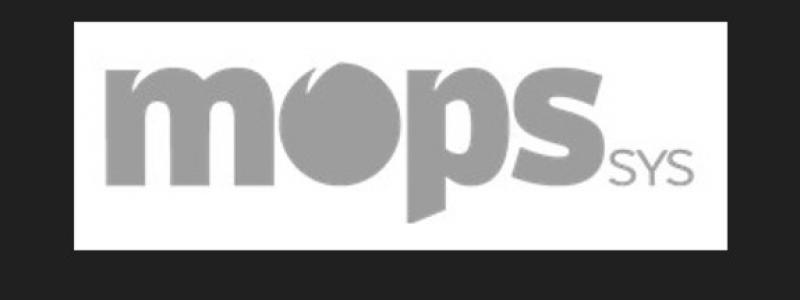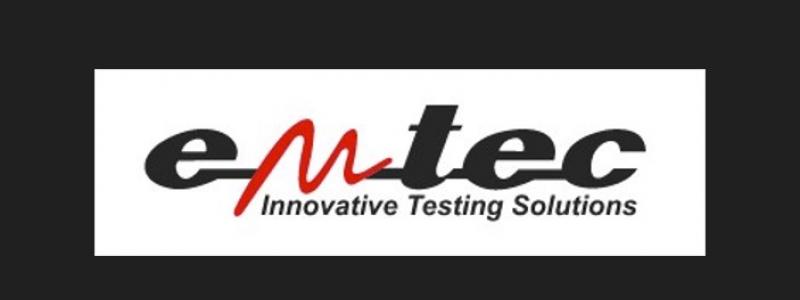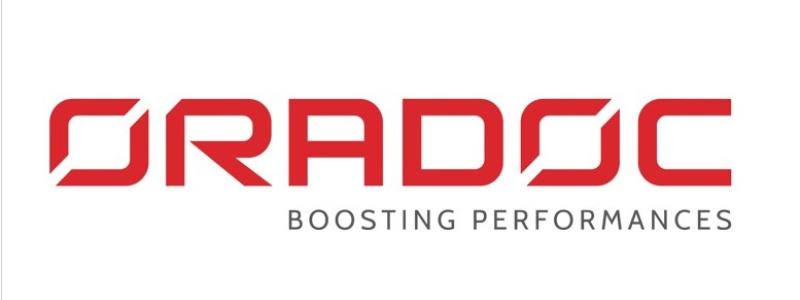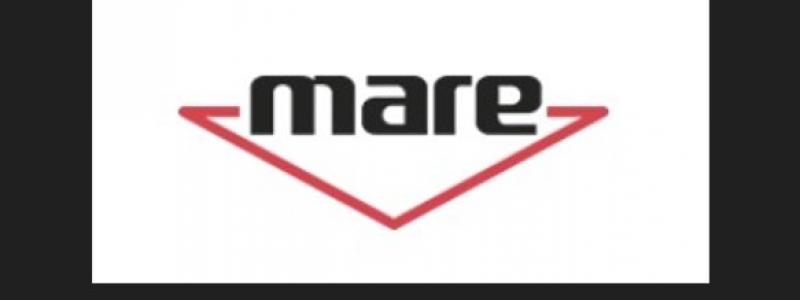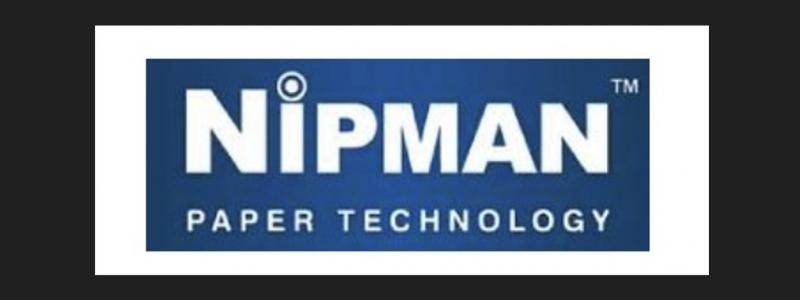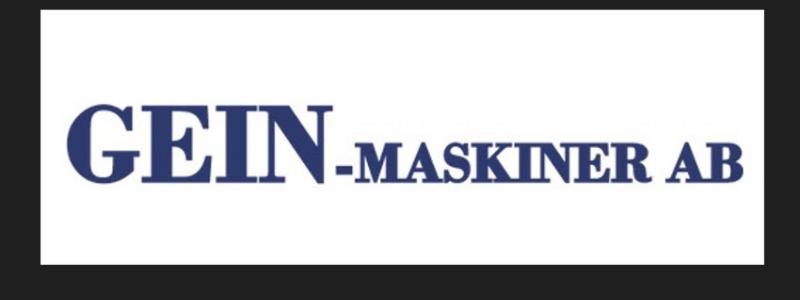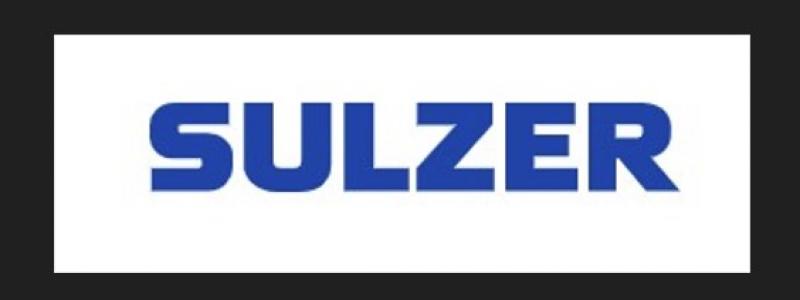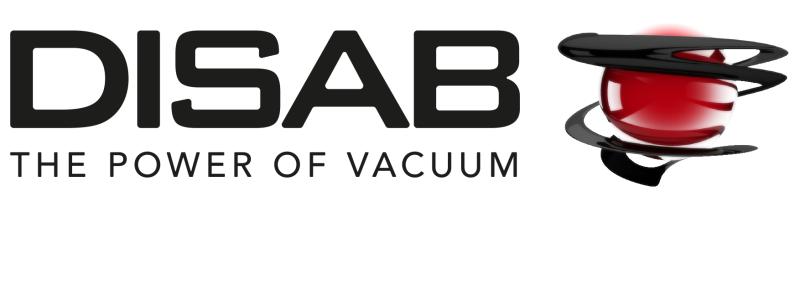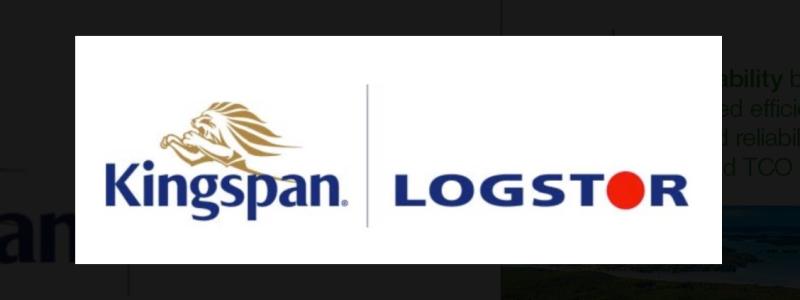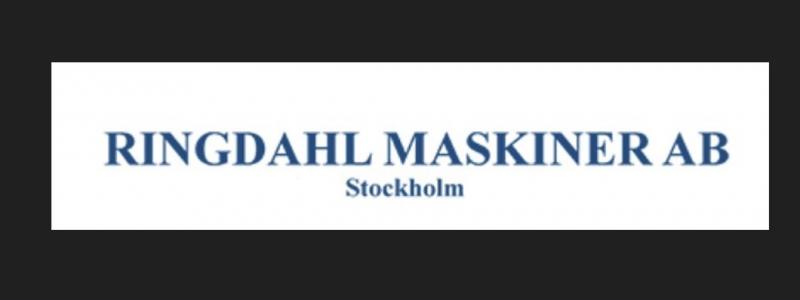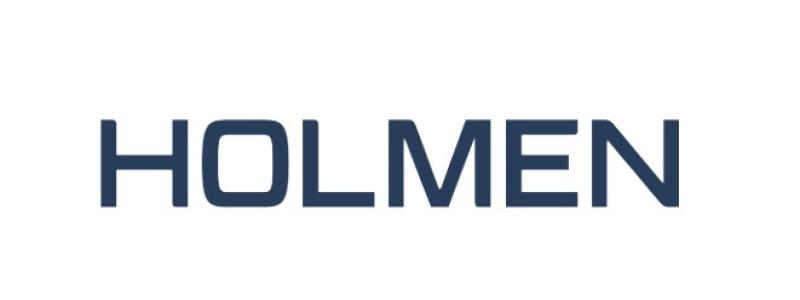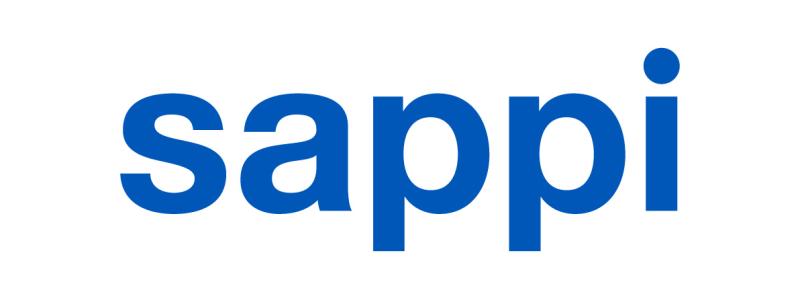Global consumers are guided by product packaging in their buying behaviour, not least in India. We reject products in plastic packaging and feel guilty when we throw away plastic water bottles. We worry about the amount of packaging consumed by society, and when shopping online we might consider having goods delivered in simple standard packaging instead of the original packaging if it makes them cheaper. These are the results of an international study by Innventia, Packaging 2020, carried out in association with Kairos Future.
The report describes seven global forces and their impact on the packaging industry and the packaging of the future. The conclusions are based on a survey carried out among consumers in the US, India and Sweden. A clear majority of the 1,500 interviewees see major problems with society’s consumption of packaging.
There are particular concerns about the environmental impact of packaging in India, where a full 60 percent are prepared to go so far as to avoid purchasing a specific product if the packaging is seen to be environmentally unfriendly. The corresponding figure in Sweden is 20 percent. Plastic packaging is deemed to be the biggest environmental villain among Americans and Indians, while it is mainly aluminium packaging that Swedes shy away from. There are demands for tougher quality controls and stricter environmental legislation, and a clear majority of consumers in all three countries would like to see somewhat stricter or much stricter environmental legislation.
Global consumers – particularly those in Sweden – are keen to see more innovative packaging. For example, three out of five (63 percent) would like to be able to scan goods to find out more about their origin and delivery, as well as detailed information about the content.
“A growing global middle class, an aging population, limited access to raw materials and intensified urbanisation are a few of the megatrends posing challenges for the product and packaging industry,” says Fredrik Rosén, Manager of the Market and Consumer Insight group at Innventia.
“We’re seeing purchasing decisions being guided by the packaging material itself, not just the appearance of the packaging. We’re also seeing a clear demand and a great need for smarter packaging. In the future, stricter demands will be placed on packaging materials that come into contact with foodstuffs. The growth in online shopping will bring both challenges and opportunities for the packaging industry. For example, will the brown cardboard boxes that products are usually shipped in today still be as brown and boring in the future, or will they become an important part of branding? When it comes to the packaging value chain, as the quest for high quality raw materials intensifies, recycling players will occupy a significantly stronger position. And it’s not unlikely that we’ll see structural collaboration, whereby recyclers become involved in other parts of the value chain.”



